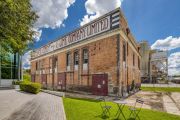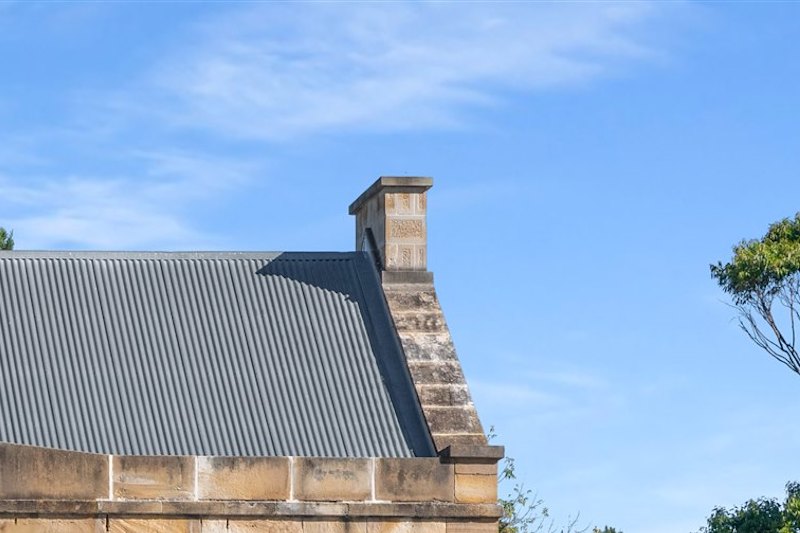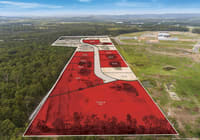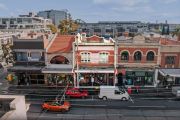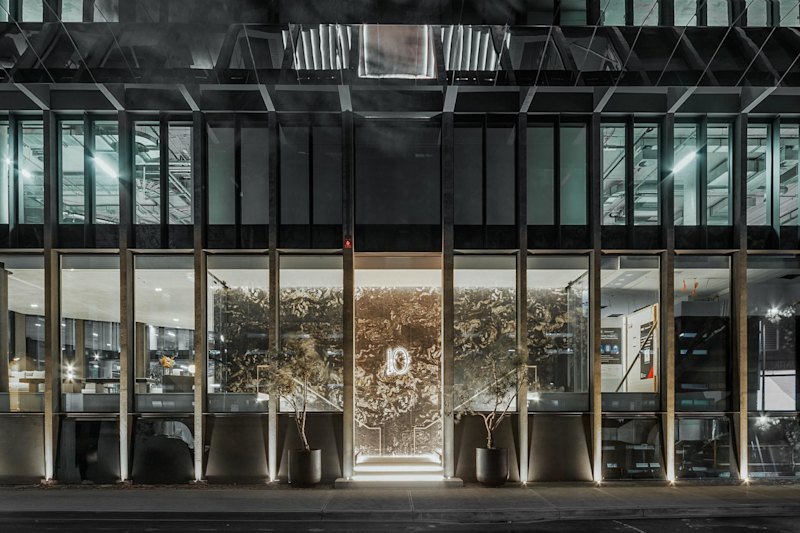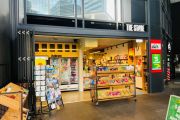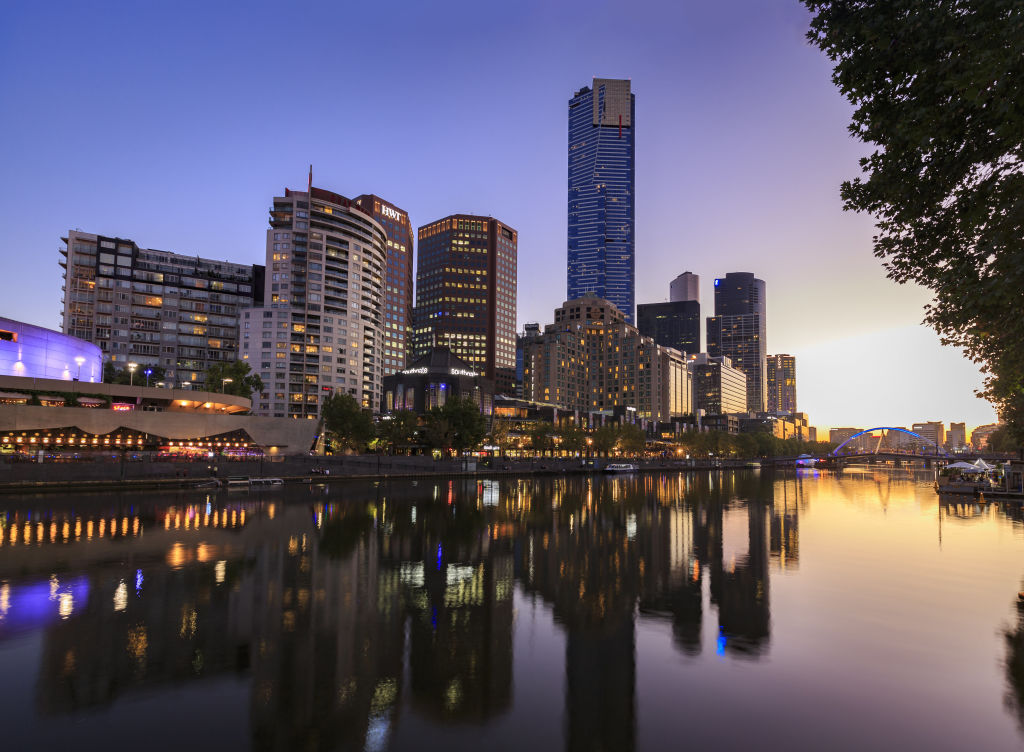
Strong growth in Melbourne's commercial property market stretches to the horizon
Most markets fear uncertainty but despite experiencing a big year of it – with both state and federal elections – the strength in Melbourne’s commercial property market does not appear to be waning.
In the past 10 years, a gross average of 120,000 square metres of new office supply has been added to Melbourne’s market each year, predominantly in Docklands, according to Colliers International research.
And this space has not been sitting empty: Melbourne has had the highest net absorption of any state capital in the past three years, at 309,000 square metres, Knight Frank data shows.
That is forecast to climb by an average of 90,000 square metres a year over the next five years, according to Investa figures.
With the bulk of the new space being readily absorbed, it should come as no surprise that Melbourne’s CBD has the lowest office vacancy of all Australian CBDs at 3.2 per cent – dropping from 3.6 per cent, which was already a 10-year low for the city.
Inquiries for office space in the 100 to 500-square-metre range more than doubled over 2018, while quadrupling in the past four years, according to Knight Frank.
The 1000 to 2999-square-metre market in Melbourne also saw a jump in inquiries of 45 per cent when comparing the first quarter of 2019 with the same period last year, Colliers International’s latest Office Demand Index shows.
This suggests small and medium occupiers are a major source of demand for CBD stock, with those in the technology, professional services and construction sectors particularly in need of office space.
The industrial property sector is also thriving thanks to Victoria’s robust economy, which shares the top spot of Australia’s best performing economy with NSW for the second quarter in a row, according to the latest CommSec State of the States report.
Infrastructure has become a focus for Victoria, with the state government in 2018 announcing projects including a Melbourne airport-rail link, the suburban rail loop and level-crossing removal.
The industrial sector is set to become a beneficiary of several motorway upgrade projects currently underway, which will improve freeways and clear up traffic congestion in the next five years.
Victoria’s industrial market is the second largest in Australia, making up more than a quarter of all sales volumes, according to Colliers International data.
Industrial property capital values in Melbourne surged by 20 per cent in the three years to December 2018, with 14 per cent of that growth occurring from 2016 onwards. Net face rents edged up 8 per cent.
Much of the supply has been converted to other uses which create higher returns for landlords, thanks to tight yields, with the exception of the Melbourne city fringe being one of the few areas seeing significant rental growth.
This has resulted in a supply shortage which results in higher prices and tighter yields – Colliers International recorded sales volumes dropping by about 18 per cent in 2018.
While there is a supply shortage in Victoria’s office and industrial sectors, there are a clutch of new hotels set to open in the state, where operators saw an occupancy level for 2018 at 85.2 per cent, according to Colliers International.
Out of nearly 8000 hotel rooms from 41 properties forecast to be delivered this year, Melbourne accounts for about 2500 rooms, or 30 per cent of the total, across 14 hotels. This represents a 5 per cent lift to Victoria’s accommodation stock, Tourism Australia figures show.
Some of the developments soon to come online include the 250-room Hotel Chadstone Melbourne, MGallery by Sofitel, the 255-room Next Hotel and the 345-room Holiday Inn Express in Southbank.
